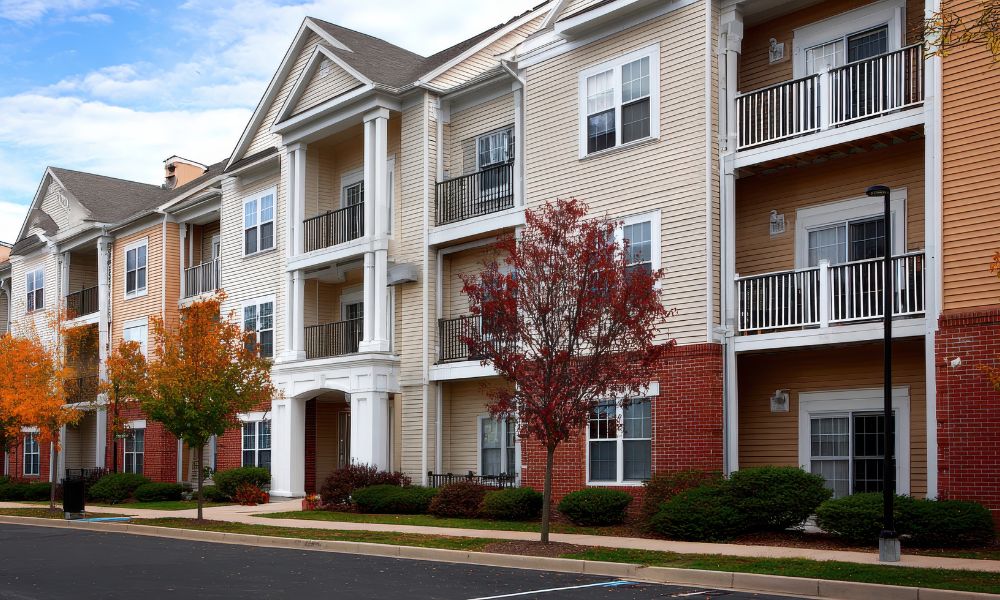A
lternative Investments
Despite a recent dip in rental rates, Keith Reading of Morguard argues that apartments still offer solid long‑term fundamentals.
In a fragmented market, certain asset classes are gaining traction. Institutional investors, especially pension funds, are concentrating on multi‑suite residential rentals and high‑quality industrial properties. Reading attributes this shift to the long‑term stability, low risk, and lessons learned from a volatile economic cycle.
Historically, pension funds favored office and retail, but the underperformance of office space has prompted a change. Multifamily units, while not immune to economic swings, provide a basic need: housing. “People need a place to live,” Reading says. “Single‑family homes are scarce and unaffordable, so demand for rentals remains strong. The outlook for multifamily and industrial is robust because they satisfy essential needs.” He notes that post‑COVID demand and rent growth have plateaued due to new supply and the natural limits of record growth. Industrial assets have followed a similar pattern, slowing but still buoyed by core demand.
Reading warns of broader economic challenges—volatile U.S. trade policy and tariff uncertainty—that dampen business expansion and consumer spending. Nevertheless, he expects conditions to improve over time.
Pension funds have steadily increased their exposure to multifamily real estate, often through direct ownership, funds, or REITs, as traditional holdings like office and retail have declined. The appeal of rental apartments lies in core demand and structural housing challenges. Affordability erosion and a shortfall in single‑family supply have kept rentals in demand, even as rent growth cools. This imbalance pushed rents to record highs and vacancies to record lows until a surge in new supply eased pressure.
While vacancy rates are rising and some rents are discounted, Reading maintains that the long‑term fundamentals for apartments remain intact. Pension funds favor multifamily because it delivers low‑risk, stable returns over time. “Pension funds want to own multifamily apartments, either directly or indirectly, because that aligns with their investment horizon,” he says. “Long‑term apartments generate stable returns. After the pain with office, they’re moving to something safer. Multi‑family apartments are very safe. We’re seeing a bit of price fatigue for renters, but the outlook is still very strong.”
Economic downturns serve as learning periods for pension funds, prompting strategy reassessment and refinement of real‑estate approaches. “With each economic cycle, pension funds learn lessons,” Reading explains. Rather than reacting impulsively, they analyze performance data and evaluate which asset classes held up. This reflection drives the current tilt toward industrial and multifamily properties, which have shown resilience in past recessions and continue to offer relatively stable, long‑term returns.
A key risk for real‑estate investors, especially pension funds, is being forced to sell in a weak market. Timing matters; most investors want to sell in a strong, growing market to secure top dollar. Beyond timing, Reading stresses the importance of understanding sector‑specific vulnerabilities, particularly around trade policy. Uncertainty around tariffs can directly impact the performance of business sectors—and the properties tied to them—so investors must consider revenue models and business structures.
For pension funds that prioritize long‑term, low‑volatility income, active risk management is essential. “The risk is what happens to that income during a downturn and figuring out your risk appetite,” Reading says. “Consider whether you’re comfortable with very strong growth that could lead to a significant downturn, or if you prefer a flatter curve with more secure returns. That’s what pension funds do. Anything that increases risk is something you want to avoid or minimize.” He notes that the office market currently holds significant risk, with many spaces lacking high quality.
Free e‑newsletter
Stay updated on benefits and pensions with our daily free newsletter. Sign up below to receive daily e‑newsletters from Benefits and Pensions Monitor.















